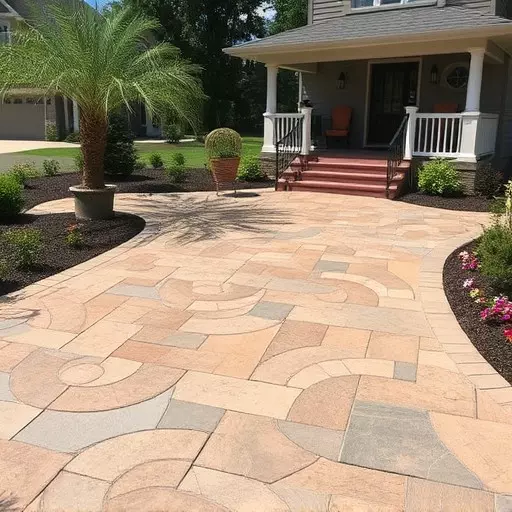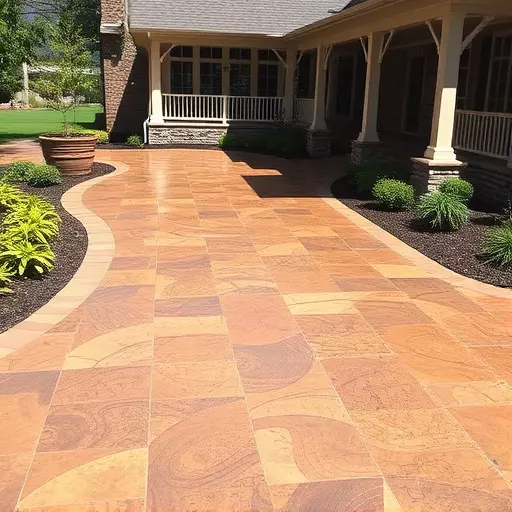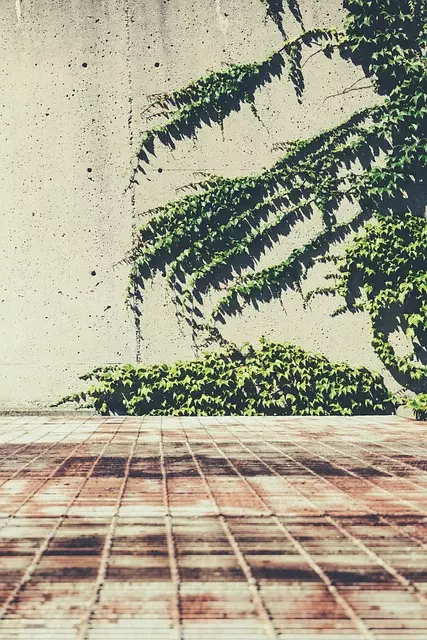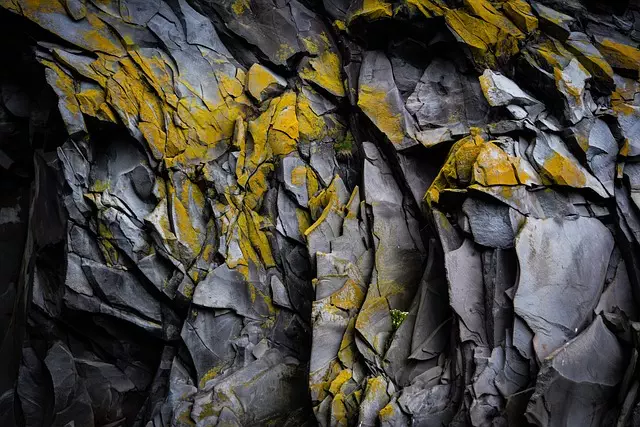The evolution of decorative concrete services traces back to ancient civilizations recognizing its structural value. Over time, stamped concrete designs emerged, allowing for intricate patterns and textures in outdoor spaces, transforming concrete into an artistic medium. The demand for aesthetically pleasing surfaces led to the development of decorative concrete overlays, offering endless design possibilities with durability and low maintenance. With advancements in technology, these services now include eco-friendly dyes and three-dimensional effects, revolutionizing both commercial and residential properties. This industry is experiencing a renaissance through advanced tools, ensuring each project is unique and tailored to clients' visions. Additionally, sustainable practices incorporate recycled materials and extend the life of existing structures.
The decorative concrete industry has evolved significantly over time, transforming from basic functionality to an art form. This article explores the fascinating journey of decorative concrete services, from historical perspectives to modern innovations. We delve into the techniques and trends shaping stamped concrete designs, enhancing outdoor spaces with captivating visuals. Additionally, we uncover the transformative power of decorative concrete overlays, adding depth and dimension to various surfaces. Furthermore, we examine innovative tools and technologies pushing industry boundaries, while also addressing sustainability concerns and their environmental impact.
- The Evolution of Decorative Concrete Services: A Historical Perspective
- Techniques and Trends in Stamped Concrete Designs: Enhancing Outdoor Spaces
- decorative concrete overlays: Adding Depth and Dimension to Surfaces
- Innovative Tools and Technologies Shaping the Industry
- Sustainability and Environmental Impact in Decorative Concrete Practices
The Evolution of Decorative Concrete Services: A Historical Perspective

The evolution of decorative concrete services can be traced back to ancient civilizations that utilized concrete for its structural integrity, marking the beginning of a material’s journey from mere construction to artistic expression. Over time, as architectural aesthetics gained prominence, stamped concrete designs emerged as a way to add intricate patterns and textures to outdoor spaces. This historical shift transformed ordinary concrete into a versatile medium capable of mimicking natural stones, creating visually appealing landscapes.
As the demand for aesthetically pleasing concrete surfaces grew, decorative concrete overlays became a game-changer. These innovative techniques allowed for the transformation of plain concrete surfaces into works of art. From intricate mosaics to vibrant color blends, decorative concrete overlays offer endless possibilities, revolutionizing both commercial and residential properties with unique, durable, and visually stunning finishes.
Techniques and Trends in Stamped Concrete Designs: Enhancing Outdoor Spaces

The decorative concrete industry has seen a surge in innovation when it comes to stamped concrete designs, revolutionizing outdoor spaces across residential and commercial properties. This technique involves using specialized equipment to apply intricate patterns and textures onto concrete surfaces, transforming them into artistic masterpieces. The beauty of stamped concrete lies in its versatility; it can mimic the look of natural stone, brick, or even wood, all while offering the durability and low maintenance benefits of concrete. With advancements in technology, contractors now have access to a vast array of design options, from classic patterns like cobblestone and basket weave to modern, abstract creations that add a unique touch to any outdoor setting.
Trends in stamped concrete designs are constantly evolving, keeping pace with the ever-changing tastes and preferences of homeowners and businesses alike. Recent innovations include the use of eco-friendly dyes and pigments to create vibrant, colorful patterns without compromising on environmental sustainability. Additionally, the integration of decorative concrete overlays has opened up a whole new realm of possibilities, allowing for three-dimensional effects and intricate details that enhance the overall aesthetic appeal. These overlays can transform a simple concrete path into a stunning, textured walkway or add depth and dimension to a patio, creating spaces that are both visually captivating and inviting.
decorative concrete overlays: Adding Depth and Dimension to Surfaces

Decorative concrete overlays offer an exciting way to transform ordinary surfaces into stunning works of art. This innovative technique involves applying a thin layer of specialized concrete over existing concrete or other suitable substrates, allowing for immense creativity in design and aesthetics. With stamped concrete designs, contractors can mimic the look of natural materials like stone, brick, or wood, adding depth and dimension to outdoor spaces.
These overlays provide not just visual appeal but also durability and functionality. They are an excellent choice for creating visually appealing walkways, patios, pool decks, and even interior floors. The process involves careful selection of mix designs, stamps, and finishes to achieve the desired effect, ensuring that each project is unique and tailored to the client’s vision.
Innovative Tools and Technologies Shaping the Industry

The decorative concrete industry has seen a surge in innovation driven by advanced tools and technologies. These breakthroughs are transforming the way concrete is applied and designed, opening up new possibilities for both residential and commercial projects. From laser-guided equipment that ensures precise cuts and finishes to AI-powered design software that allows for custom, complex stamped concrete designs, technology is revolutionizing decorative concrete services.
For instance, advanced concrete printing technologies enable the creation of intricate patterns and textures, elevating the art of concrete crafting. Similarly, decorative concrete overlays now come with smart features like self-healing properties and enhanced durability, ensuring longer-lasting finishes. These innovations not only enhance aesthetics but also provide functional benefits, making decorative concrete a preferred choice for those seeking unique, high-quality finishes.
Sustainability and Environmental Impact in Decorative Concrete Practices

The decorative concrete industry has been increasingly incorporating sustainable practices to reduce its environmental footprint. One notable innovation is the use of recycled materials in concrete production. By utilizing reclaimed aggregate and cement, decorative concrete services can minimize the demand for virgin resources, thereby lessening the ecological strain on natural reserves. Additionally, stamped concrete designs often incorporate eco-friendly pigments and finishes that require fewer chemical inputs compared to traditional methods.
Beyond material choices, decorative concrete overlays offer a sustainable solution for surface enhancements. These overlays can extend the lifespan of existing concrete structures without the need for frequent replacements. This longevity not only conserves resources but also reduces construction waste. Moreover, certain techniques focus on repairing and revitalizing damaged concrete, which further diminishes the industry’s environmental impact while providing aesthetically pleasing stamped concrete designs that enhance outdoor spaces.


